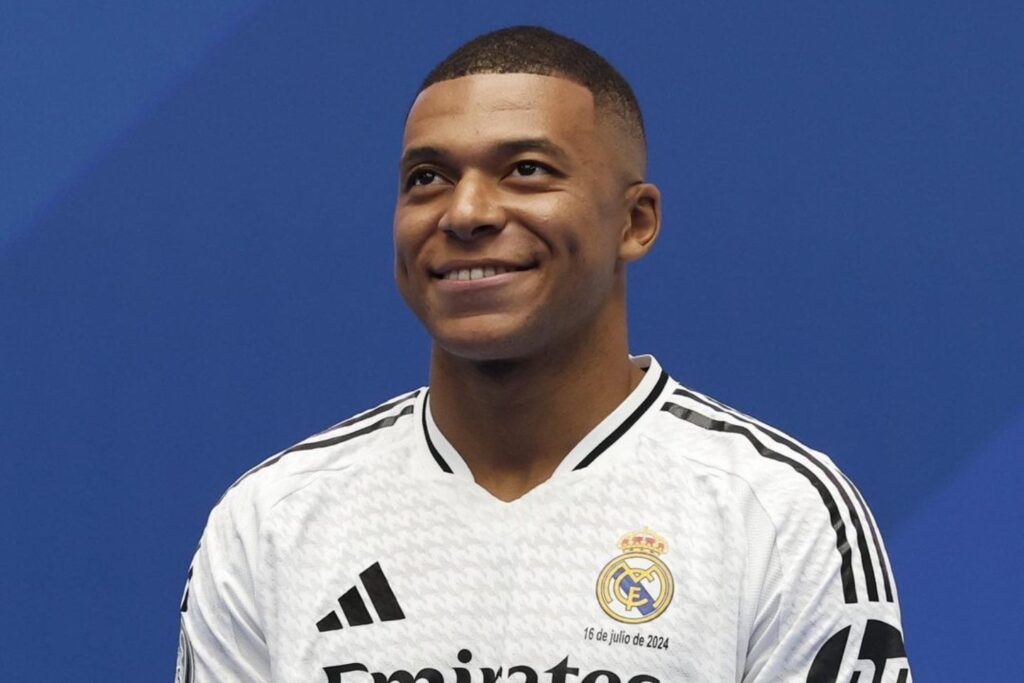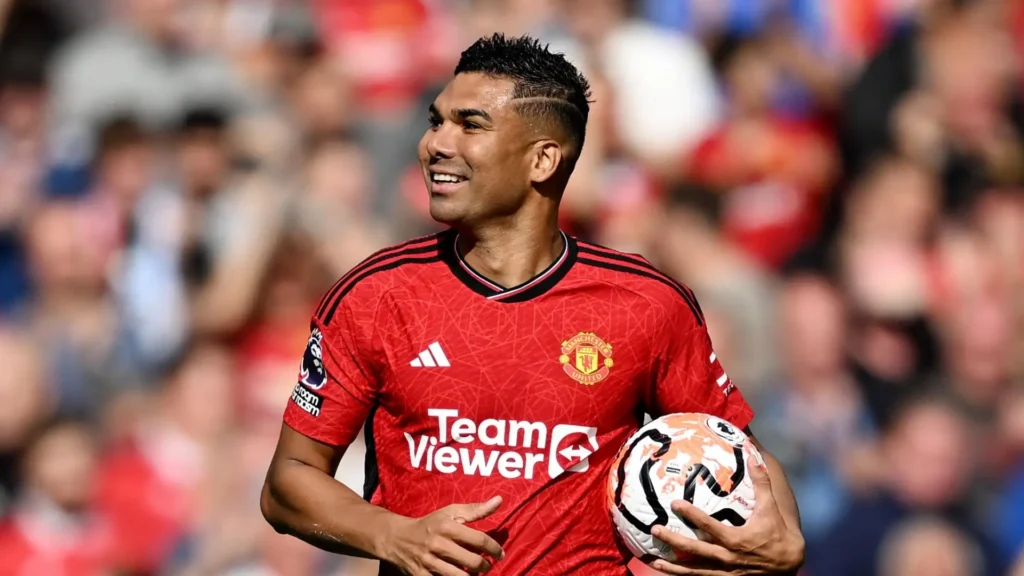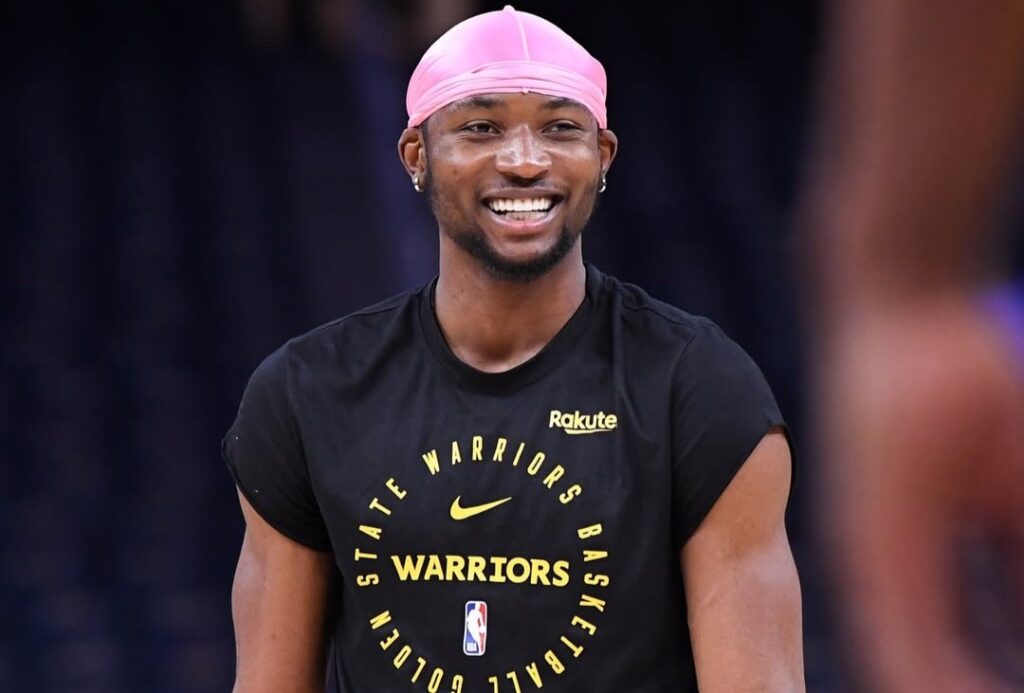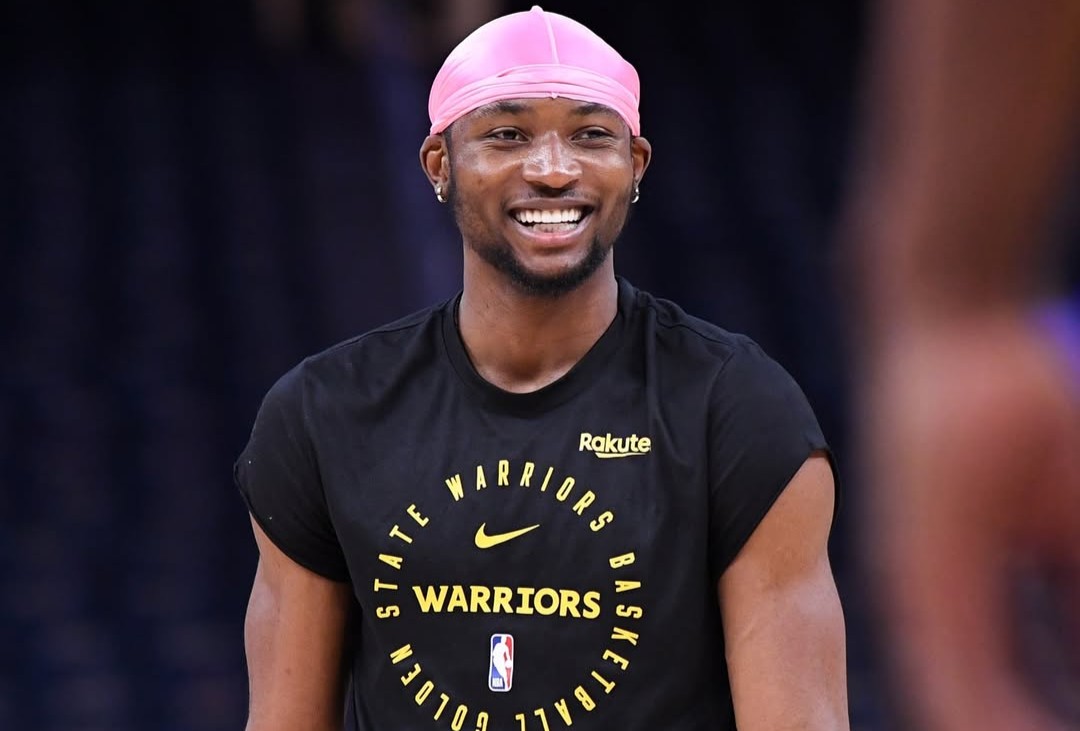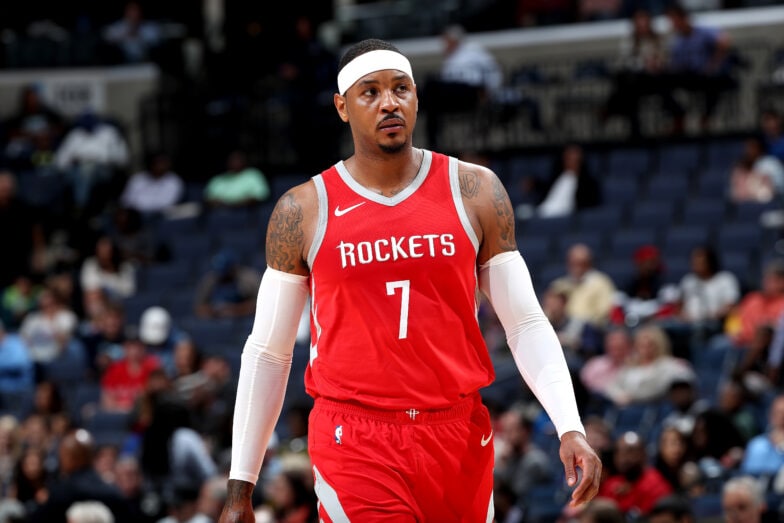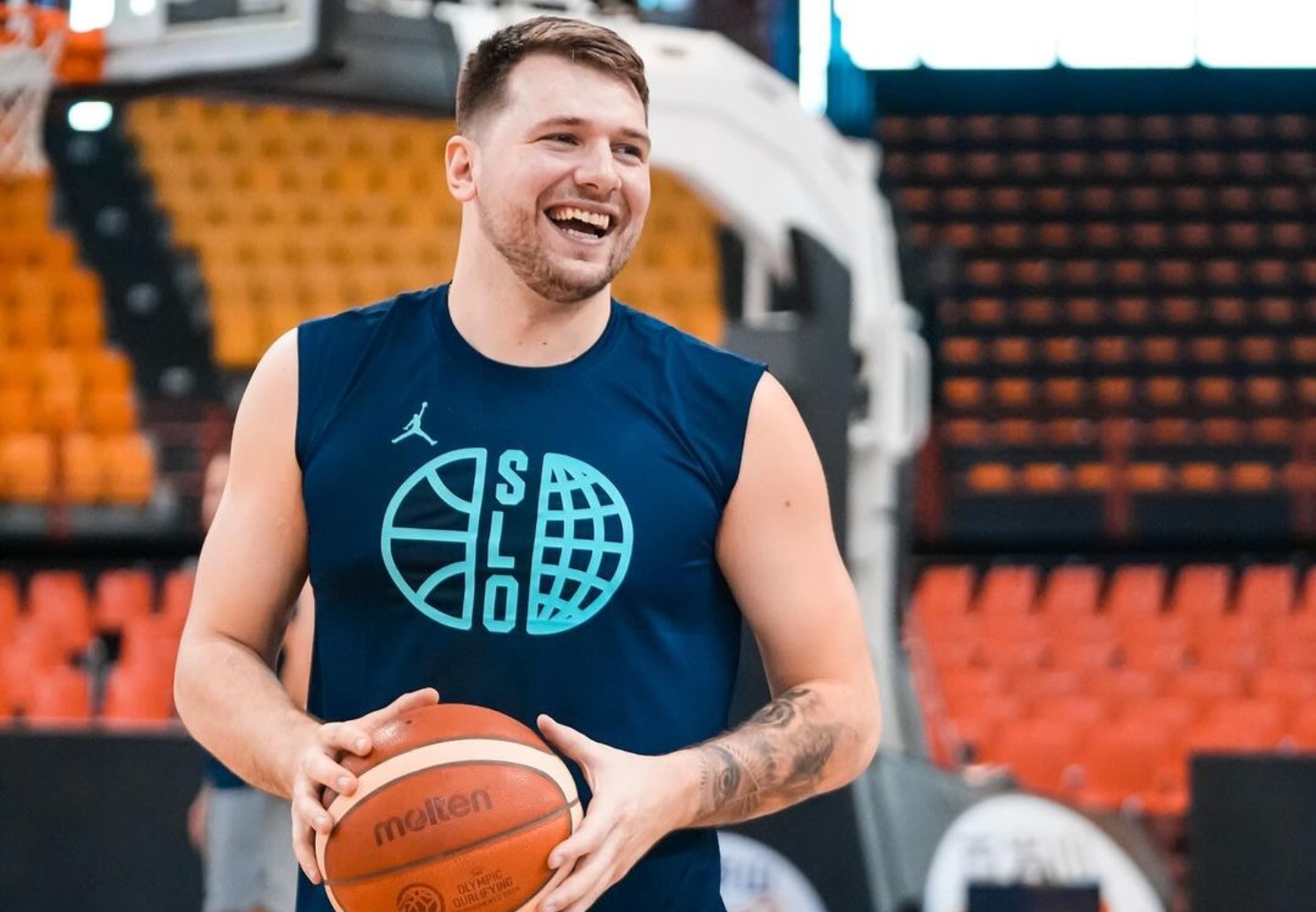Stephen Curry, Larry Bird, Trae Young…the list goes on and one. NBA has seen some truly talented wizards when it comes to domination on the court. These little giants proved that it does not take a giant to play basketball as per NBC New York. It is more of a quality that outdoes quantity and that has inspired succeeding generations of players who perhaps were ignored because of their sizes.
Shortest Basketball Legends
Here are the five most remarkable short players who transformed NBA expectations:
1. Muggsy Bogues (5’3″)
Bogues stands only 5’3½” and played in the NBA from 1987 to 2001 This was living proof that where there is a will, there is always a way. According to Dunkest statistics, he showed outstanding court feel and defensive game throughout his 14-year NBA career. His famous photo shared with 7’7 ”team-mate Manute Bol became a symbol of the biological diversity of basketball players.
2. Earl Boykins (5’5″)
Born in Texas, Boykins, who was only 5 foot 5 inches tall, played professionally from 1998 to 2012 as per BasketNews. Records of basketball during the Olympics saw him as being a great scorer and a marvel that was packaged in a small body. Yet, he has always been known to handle the balls effectively and perform excellent scoring regardless of the NBA team he has moved to.
3. Spud Webb (5’6″)
Webb is most popularly associated with the 1986 NBA Slam Dunk Contest in which he emerged a winner. He proved the fact that height restrictions can be neutralized with vertical jump and inspiration; fans were thrilled with spectacular acrobatics. Webb’s performance exposed doubts of conventional wisdom about dunking and athletic capabilities.
4. Greg Grant (5’7″)
In his career Spanning from 1989 to 1996 Grant proved that height is not everything but can go hand in hand with creativity and basketball savvy. This career also proved that mere court sense and strategy trump physical prowess.
5. Keith Jennings (5’7″)
Jennings made it a point that point guards could be efficient irrespective of their actual size between the periods of 1992 and 1995, he relied on pace and court sense. It was evident from his performance how strategies are important and decisions in basketball have to be made within shortest time.
They prove that it is often not beyond the height of the basketball player to determine the ability of the player, vigor, and intelligence rather than size. They altered everyone’s view, even historic statues, motivated generations after them, and went on to show that having natural ability does not hinge on the occupant’s elevation.


